The Security Aspect of the OSIRIS-REx Mission
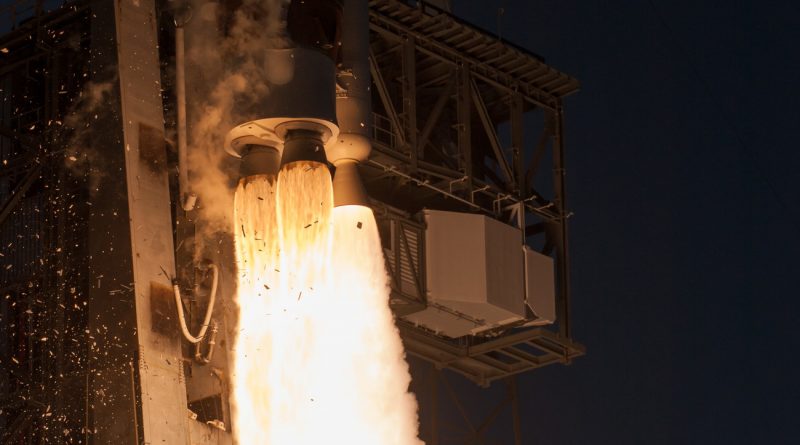
The OSIRIS-REx spacecraft acronym stands for Origins, Spectral Interpretation, Resource Identification, Security, Regolith Explorer. "Security" means that scientists are trying to assess if asteroid Bennu is a threat to crash into the Earth during a series of close passes in the 2180-2250 time frame.
What's at Stake
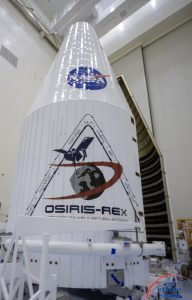
Bennu would cause significant damage to people and buildings within 30 miles of impact. In a 2016 article, Dr. Dante Lauretta estimated a Bennu strike this way: If Bennu impacts Earth people within 30 miles will be severely affected. The impact crater would be 2.4 miles wide and 1.2 miles deep. Over 50 feet of ejected materials would bury people as far as 3 miles away. The air blast would arrive with a maximum wind velocity of 3,720 MPH. Even steel-framed buildings will be distorted and likely collapse. People 30 miles from the impact would experience an air blast of 156 MPH. Wood frame buildings could collapse. Windows would be blown out. Everything would be covered with a half-inch of dust. Even 300 miles from the impact would get a fine dusting.
The Yarkovsky Effect
A "day" on Bennu lasts 4.3 hours. As each side of Bennu rapidly heats and cools, the thermal radiation is causing a small but noticeable drift in the trajectory of Bennu. The Russian civil engineer Yarkovsky discovered the effect in 1900. He noted that the daily heating of a rotating object in space would cause it to experience a force that, while tiny, could lead to significant long-term effects in the orbits of small bodies. Observations of Bennu in 1999 and 2013 have estimated that the trajectory is moving about 282-286 meters per year due to Yarkovsky.
Tiny Uncertainty Caused by Yarkovsky Effect Translates to Large Uncertainty by 2135
Scientists predict that Bennu will make close Earth passes on September 30, 2054, September 23, 2060, September 22, 2080 and September 25, 2135. It seems comforting that astrophysicists can predict the exact day that Bennu will arrive some 117 years in the future. However, the arrival time varies by several hours. You have the Earth traveling around the Sun at 1000 MPH. You have Bennu traveling at 63000 MPH. If Bennu arrives a few hours earlier or later than expected, the effect of Earth's gravity on Bennu's trajectory will change. Multiply the uncertainty from the 2054 flyby and then factor in the wider uncertainty in 2060 and then 2080 and then let all of that uncertainty accumulate until 2135.
You might read that Bennu will pass between the Moon and the Earth on September 25, 2135. You might read that Bennu will be 186,750.9 miles from Earth on that day. But you have to dig in to scientific journals to see that 186,750.9 is the average estimate. If you run the computer models over and over, the uncertainty of that estimate in 2135 is a path 49,507 miles wide (Chesley et al, 2014). Add uncertainty of many hours with the Earth and Moon and Bennu all moving, and the trajectory of Bennu can vary wildly after the 2135 flyby.
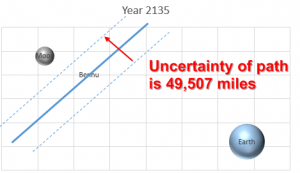
Any estimates of Bennu's path during the Earth approaches on September 24, 2186, September 25, 2187, September 24, 2196, and September 24, 2198 are derived from Monte Carlo Analysis. Scientists will run the model 1000's of times and see how many times Bennu impacts Earth. The current cumulative probability estimate is a 1 in 2700 chance. It is small, but not comfortably small. For illustration, if every commercial airline flight had a 1 in 2700 chance of crashing, we would have 38 jetliners crashing every day. Those Bennu impact scenarios all require Bennu to fly through one of a series of 200 keyholes during the 2135 Earth approach. A keyhole might be small - (1.6 meters wide) to massive - (54 kilometers wide).
How OSIRIS-REx Improves the Estimates
Scientists theorize that if they can improve the estimates of the Yarkovsky effect on Bennu, then the uncertainty of the 2135 approach can be improved by a factor of 25. The 49,507 path of uncertainty could become less than 1965 miles wide. The probability of a Bennu impact in 2186-2192 can be modeled with improved accuracy. Depending on where the new trajectory is calculated, the chances of an Earth impact could increase or decrease. It is the uncertainty that will decrease.
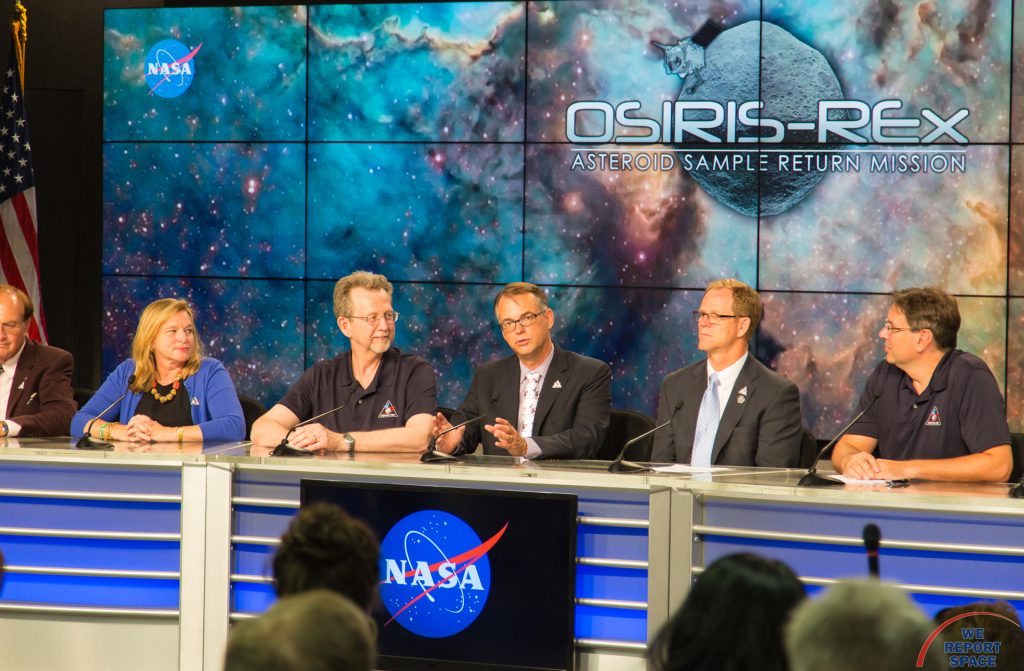
I asked OSIRIS-REx principal investigator Dante Lauretta about the Security aspect of OSIRIS-REx and when to expect the Yarkovsky models to improve.
"The magnitude of the Yarkovsky effect will be calculated in two ways: (a) a top-down approach, and (b) a bottom-up approach.
- "Top-down – The existing astrometry data of Bennu, obtained by ground‐based observations, gives us a baseline estimate of the amount of orbital displacement produced by the Yarkovsky effect. The task is to combine these data with OSIRIS‐REx spacecraft tracking data obtained while it is in orbit around Bennu. This will allow us to further refine how Bennu's orbit has changed over time, and thereby improve on the estimate of the magnitude of Yarkovsky thermal forces on Bennu.
- "Bottom‐up – We will create a comprehensive thermal model of Bennu to calculate the accelerations produced by the emission of thermal radiation. The results of this “bottom‐up” approach can be directly compared to “top-down” method. The measurements come from the OTES instrument, which makes its global and site-specific observations for the Spectral, Thermal Inertia, and Temperature maps.
When might we begin to see improved Yarkovsky estimates? Again, Dr. Lauretta: "After rendezvous, ephemeris updates will be informed by the latest radio science solution. Pseudo-ranging measurements are derived from radio science solutions obtained at appropriate time intervals during proximity operations. There are no specific mission phases where they must take place, but Orbit A (January-May 2019) and Orbit B (June-August 2019) are expected to provide the primary source data. The final estimate of the Yarkovsky effect will be conducted during return cruise based on a comprehensive reconstruction of the proximity operations period." The return cruise will be March 2021 through September 24, 2023.
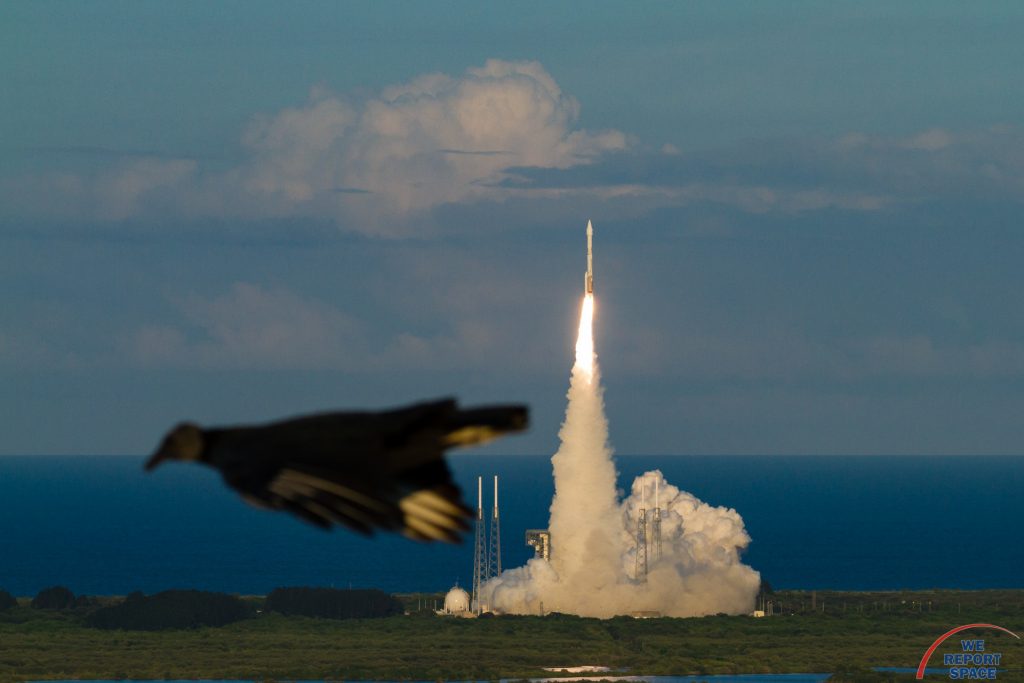
Security Is a Key Part of the OSIRIS-REx Acronym
The sexy part of the OSIRIS-REx mission is getting a sample of an asteroid and returning it to Earth. You will see much focus on the collection of regolith material from Bennu and the return of the sample to Earth on September 24, 2023. Analysis of that material might help determine the origins of life and will generate new science for decades. However, the improved Yarkovsky estimates from this mission will improve estimates of a potential future natural disaster that could impact your great-great-great-great-grandchildren.
More Reading
Sources and other resources:
- Sentry Earth Impact Monitoring from JPL
- Chesley et al. (2014) Orbit and Bulk Density of the OSIRIS-REx target Asteroid Bennu
- Lauretta et al. (2014) The OSIRIS‐REx target asteroid (101955) Bennu: Constraints on its physical, geological, and dynamical nature from astronomical observations
- Lauretta et al. (2017) OSIRIS-REx: Sample Return from Asteroid (101955) Bennu
- Asteroid Operations page from OSIRIS-REx team
- Lauretta (2016) What Would Happen If Asteroid Bennu Were to Impact the Earth

Stunning, full color photo book covering every east coast launch spanning 2014-2015, including the first-ever powered landing of a SpaceX Falcon 9 rocket.
More Info



